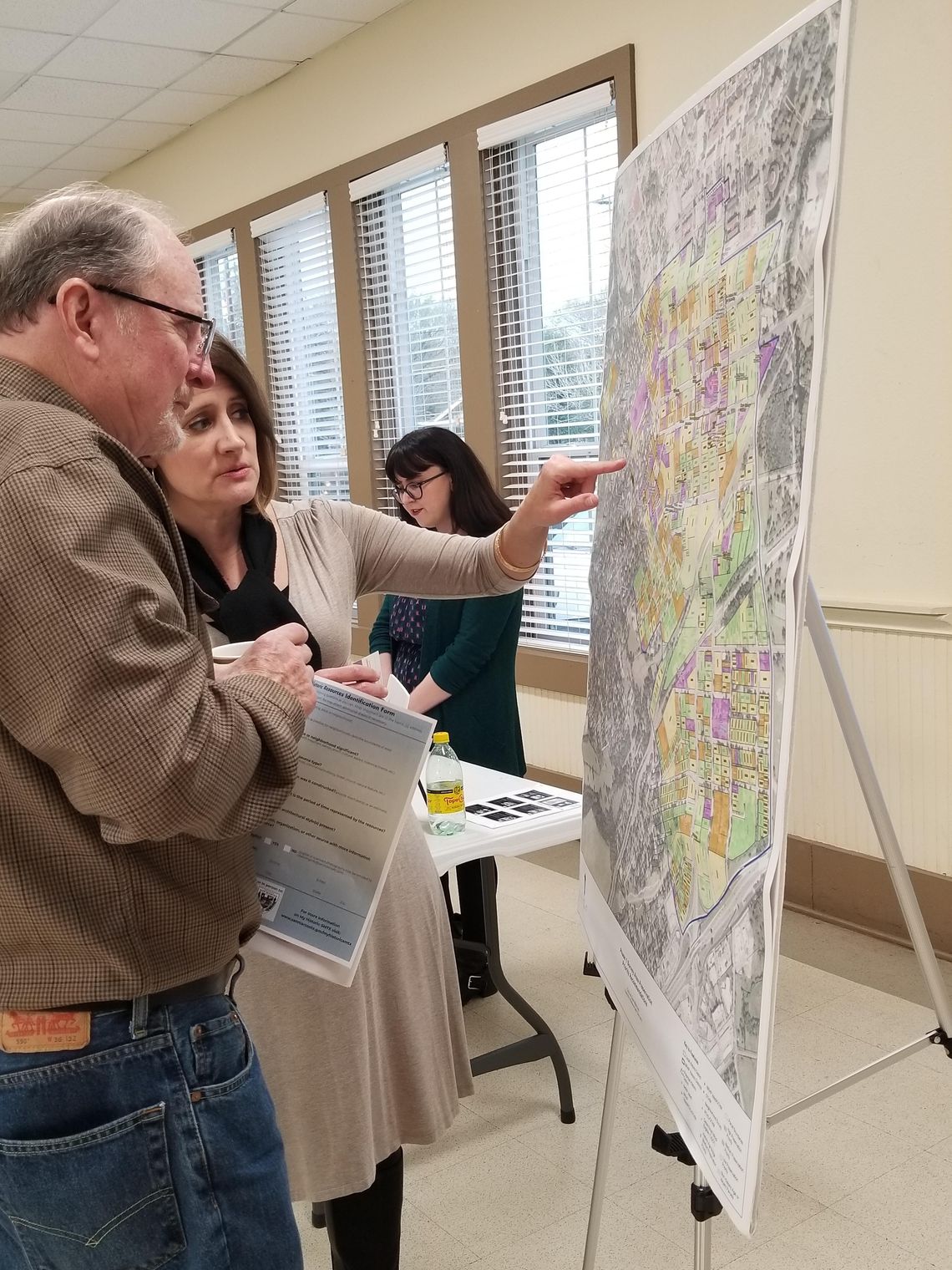Several dozen residents gathered at the Dunbar Center on Monday evening to hear the details of the city’s ongoing historical resources survey and what it means for the city and for property owners.
Elizabeth Porterfield with Hicks and Company, the consultancy conducting the survey, spoke to residents about what the survey does and does not do.
“It really answers the what, where and why — what resources exist in the community, where are they located, and why are they important,” she said.
PLEASE LOG IN FOR PREMIUM CONTENT. Our website requires visitors to log in to view the best local news.
Not yet a subscriber? Subscribe today!








